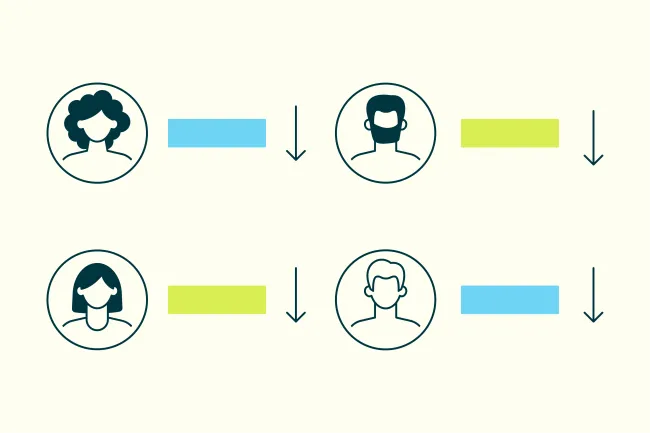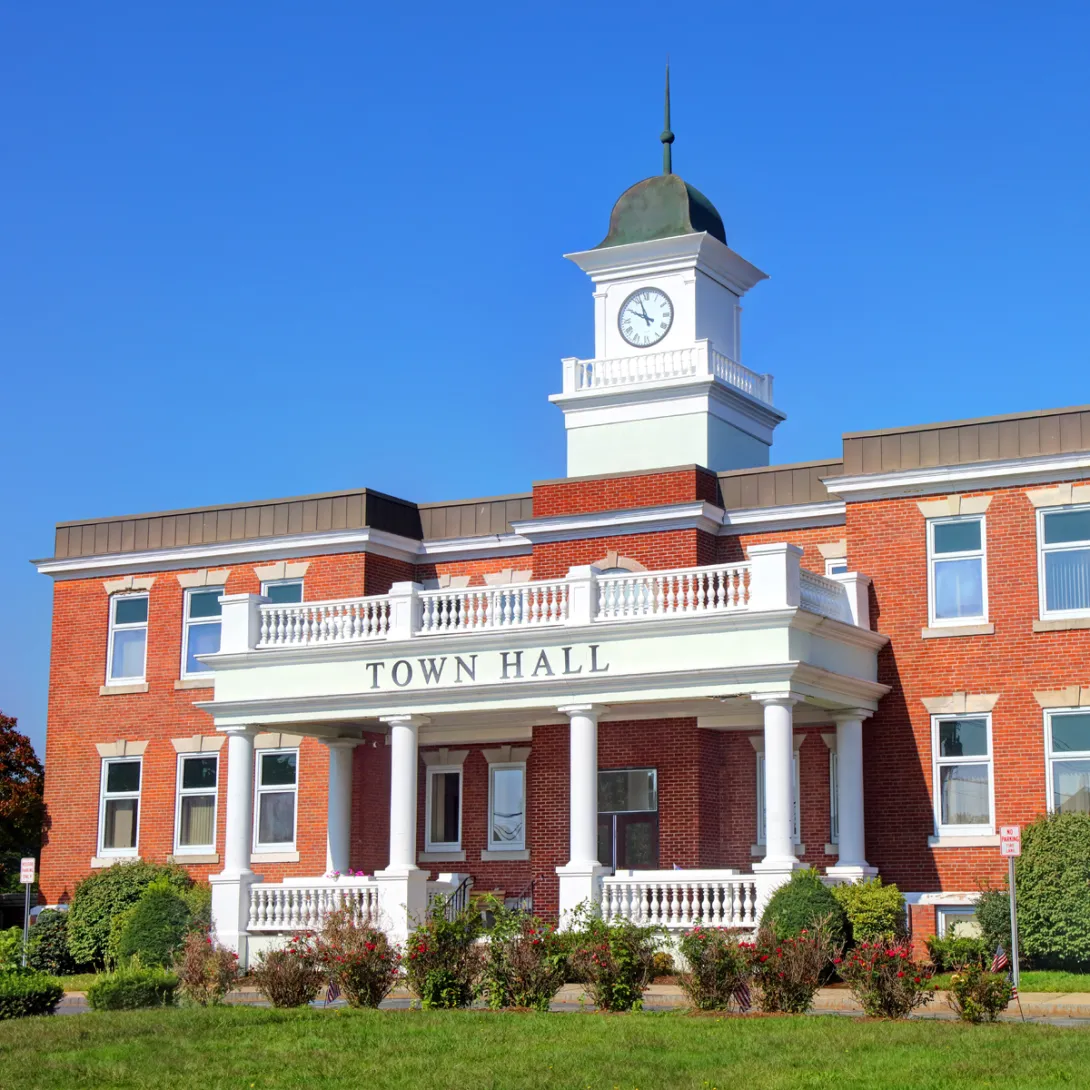Let’s Unlock Efficiencies
Together, we can drive public sector goals forward — while unlocking hidden value for your institution’s financial performance, employee experience, and public perception.
From K-12 schools to municipal governments and federal agencies, public institutions are the bedrock for community growth. And as critical community anchors, they need their own solid foundation, too, with modernized facilities where employees feel inspired and constituents can see their tax dollars at work responsibly.
But how can public schools or government organizations bring their facilities into the future, when they’re facing aging infrastructure, tightening budgets, and talent shortages?
The answer involves modernizing those facilities in ways that attract staff, enhance visitor experiences, and make every tax dollar count — while reducing operating costs and improving financial performance across your facilities.

The average American public school is half a century old; one-third of these schools have never even been renovated or seriously updated. Government facilities are also showing their age. The problem with older buildings in either setting is that many have a stack of deferred maintenance issues, and they’re a lot less efficient than their modern counterparts, meaning public institutions are losing money on operational spend, while also not keeping up to par with employee expectations.

As stewards of public monies, local and state governments as well as school districts have a commitment to making the most out of every tax dollar. In a time of growing public skepticism of major institutions, demonstrating financially prudent facilities and energy strategy can help build trust while supporting public service delivery.

Communities depend on institutions that can maintain operational continuity. Unexpected failure in facility assets or systems can cause major disruptions — like HVAC malfunctions in a school on a swelteringly hot day, or a leaking roof at a municipal office building. Meanwhile as municipal fleets transition to electric fleets, there’s a growing need to ensure adequate power and charging infrastructure to sustain operations.

Across the country, constituents are demanding healthier, cleaner, greener, and more-efficient buildings in their communities, driving governments and school leaders at all levels to “lead-by-example“ through green building and clean energy programs. The challenge lies in balancing ambitious environmental commitments with the realities of public budgets and operational limitations.

With digitally native Gen Zers expected to make up over 25% of the global workforce by 2025, public institutions must offer modern, flexible workplaces that align with their values of social impact and work-life balance — qualities that private sector employers are already prioritizing.

Aging infrastructure and rising costs put pressure on public sector budgets — but optimizing facility and energy use can turn these challenges into opportunities. By modernizing heating, cooling, and electrical strategies, schools and government agencies can cut operating expenses while enhancing occupant comfort and long-term resilience.
Sustainable, high-performance facilities don’t just reduce costs — they position your organization as a leader in efficiency and fiscal responsibility.

With competing priorities and tightening budgets, public sector leaders need a clear strategy to get the most out of every capital investment. Using peer benchmarking and advanced analytics, we help you build a data-driven capital plan — identifying which improvements can wait, and which you should fast-track to meet performance, risk, and sustainability goals.
Our portfolio-wide approach helps modernize facilities, extend the lifespan of critical infrastructure, and ensure every dollar spent helps drive progress toward your constituency’s goals.

Together, we can drive public sector goals forward — while unlocking hidden value for your institution’s financial performance, employee experience, and public perception.